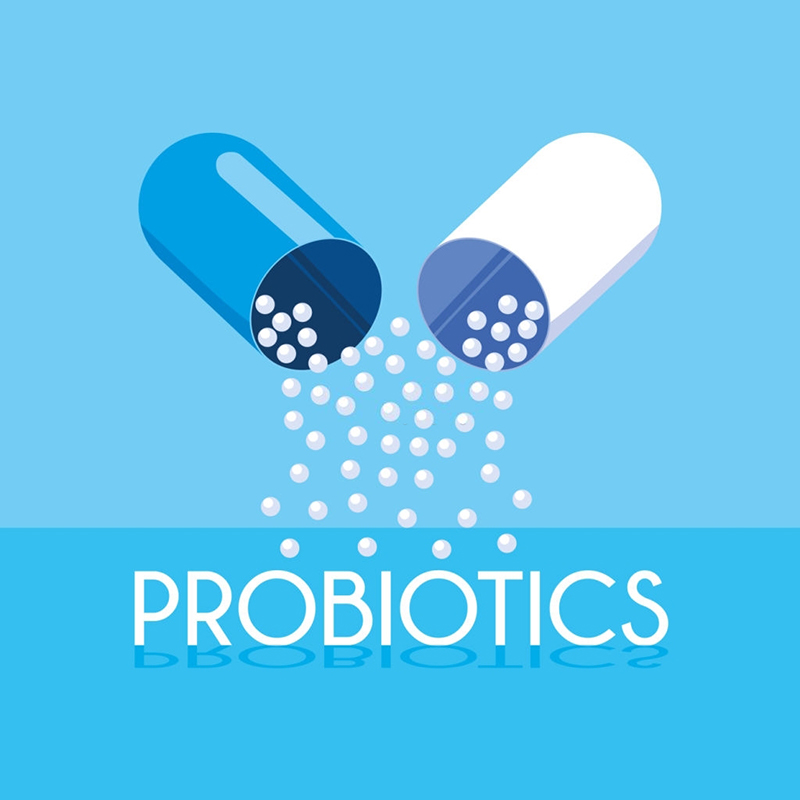Probiotics Decoded: Shedding Light on the various Strains, Dosages, and Delivery Methods
Probiotics have gained significant attention in recent years for their potential health benefits. These live bacteria and yeasts are known to promote a healthy gut and aid digestion. However, with the wide variety of probiotic strains, dosages, and delivery methods available, it can be challenging to understand which one is best suited for your needs.
In this blog post, we aim to decode the world of probiotics, helping you make informed decisions when choosing a probiotic supplement.
Understanding Probiotic Strains
Probiotics are available in various strains, with each strain offering unique benefits. Some of the most commonly used strains include:
- Lactobacillus acidophilus: This strain is known for its ability to aid in lactose digestion and support overall gut health.
- Bifidobacterium lactis: Bifidobacterium lactis has been linked to boosting the immune system and promoting a healthy inflammatory response.
- Saccharomyces boulardii: This yeast-based probiotic has been found to be effective in preventing antibiotic-associated diarrhea and supporting intestinal health.
- Escherichia coli Nissle 1917: E. coli Nissle 1917 is a beneficial strain that can help restore gut flora balance and support digestion.
It is important to choose a probiotic supplement that contains strains most beneficial to your specific needs. Consulting with a healthcare professional can help you determine the most suitable strains for your desired health outcomes.
Deciphering Probiotic Dosages
The effectiveness of a probiotic greatly depends on the dosage. The appropriate dosage varies depending on the strain and the condition being targeted. Here are some dosage guidelines for common probiotic strains:
- Lactobacillus acidophilus: Effective doses range from 1 to 10 billion colony-forming units (CFUs) per day.
- Bifidobacterium lactis: The recommended dosage for Bifidobacterium lactis is between 1 and 30 billion CFUs per day.
- Saccharomyces boulardii: A typical daily dosage of Saccharomyces boulardii ranges from 250 to 500 milligrams.
- Escherichia coli Nissle 1917: The recommended dosage for E. coli Nissle 1917 is usually around 1 to 2 billion CFUs per day.
Remember, it’s essential to follow the dosage instructions provided with your chosen probiotic supplement. If unsure about the appropriate dosage, consult with a healthcare professional for personalized advice.
Choosing the Right Delivery Method
Probiotics come in various delivery methods, and each method has its pros and cons:
- Capsules: Capsules are the most common delivery method for probiotics. They offer convenient dosing and can protect the live bacteria from harsh stomach acids. However, some capsules may contain additives that some individuals may be sensitive to.
- Powders: Probiotic powders allow for easy customization of dosage and can be added to smoothies, yogurts, or other foods. However, the live bacteria may have reduced shelf life compared to capsules.
- Tablets: Probiotic tablets are similar to capsules but may take longer to dissolve, potentially affecting the release and effectiveness of the live bacteria.
- Liquid: Probiotic liquids are often convenient for children or those who have difficulty swallowing capsules or tablets. However, they may have a shorter shelf life and require refrigeration.
Consider your personal preferences and lifestyle when selecting a probiotic delivery method. Always check the product label to ensure the delivery method is suitable for the specific probiotic strain you are interested in.
Additional Considerations
When choosing a probiotic supplement, it’s important to consider a few additional factors:
- Quality: Look for a reputable brand that follows stringent quality control measures to ensure the potency







